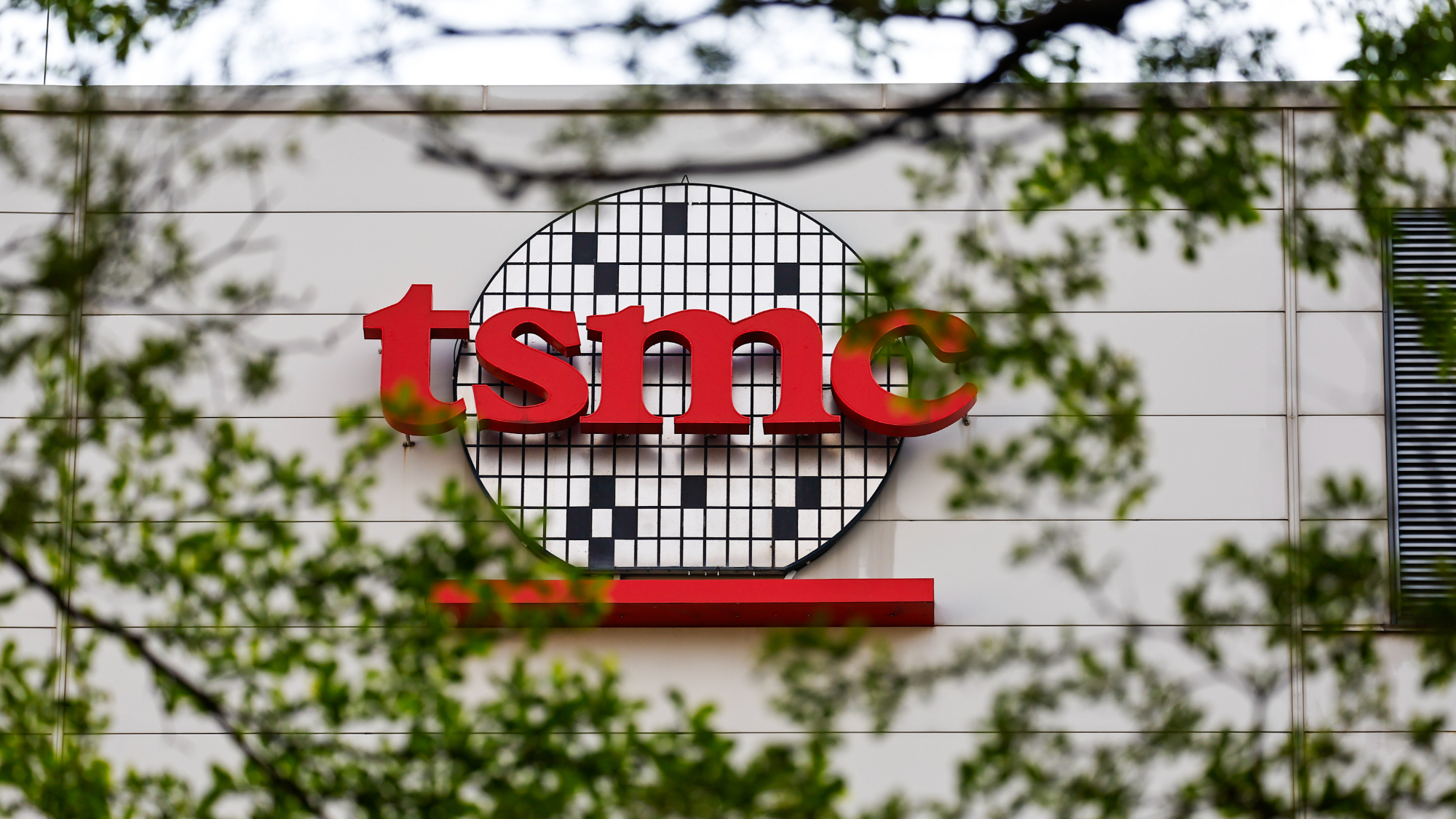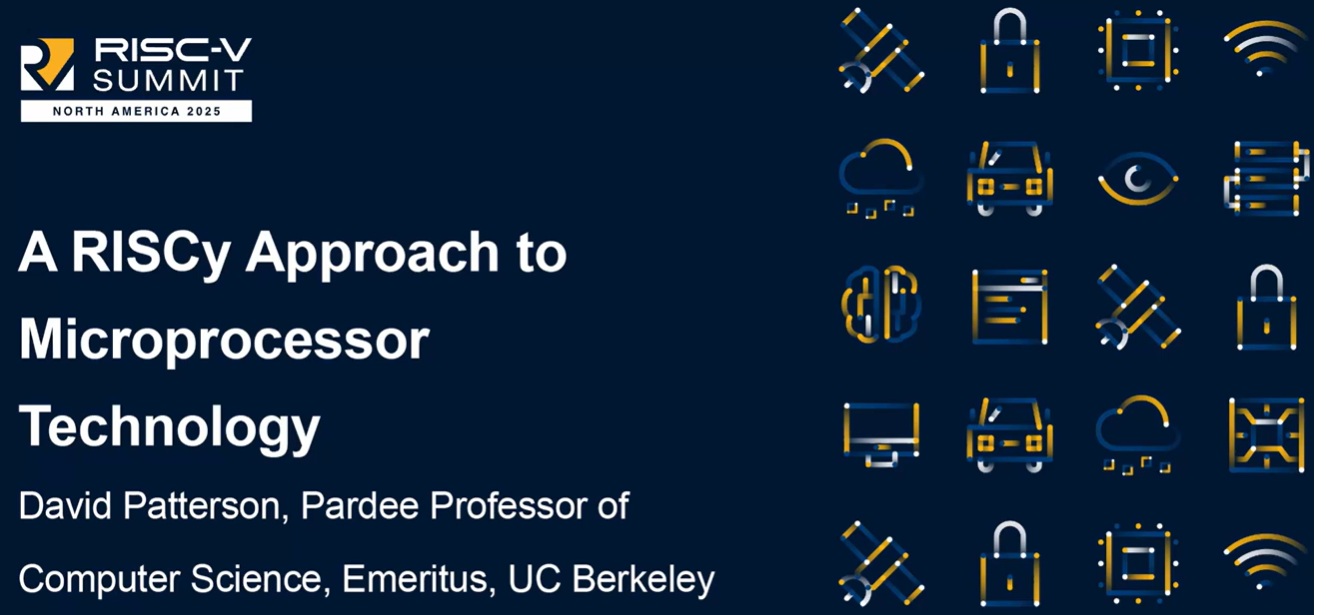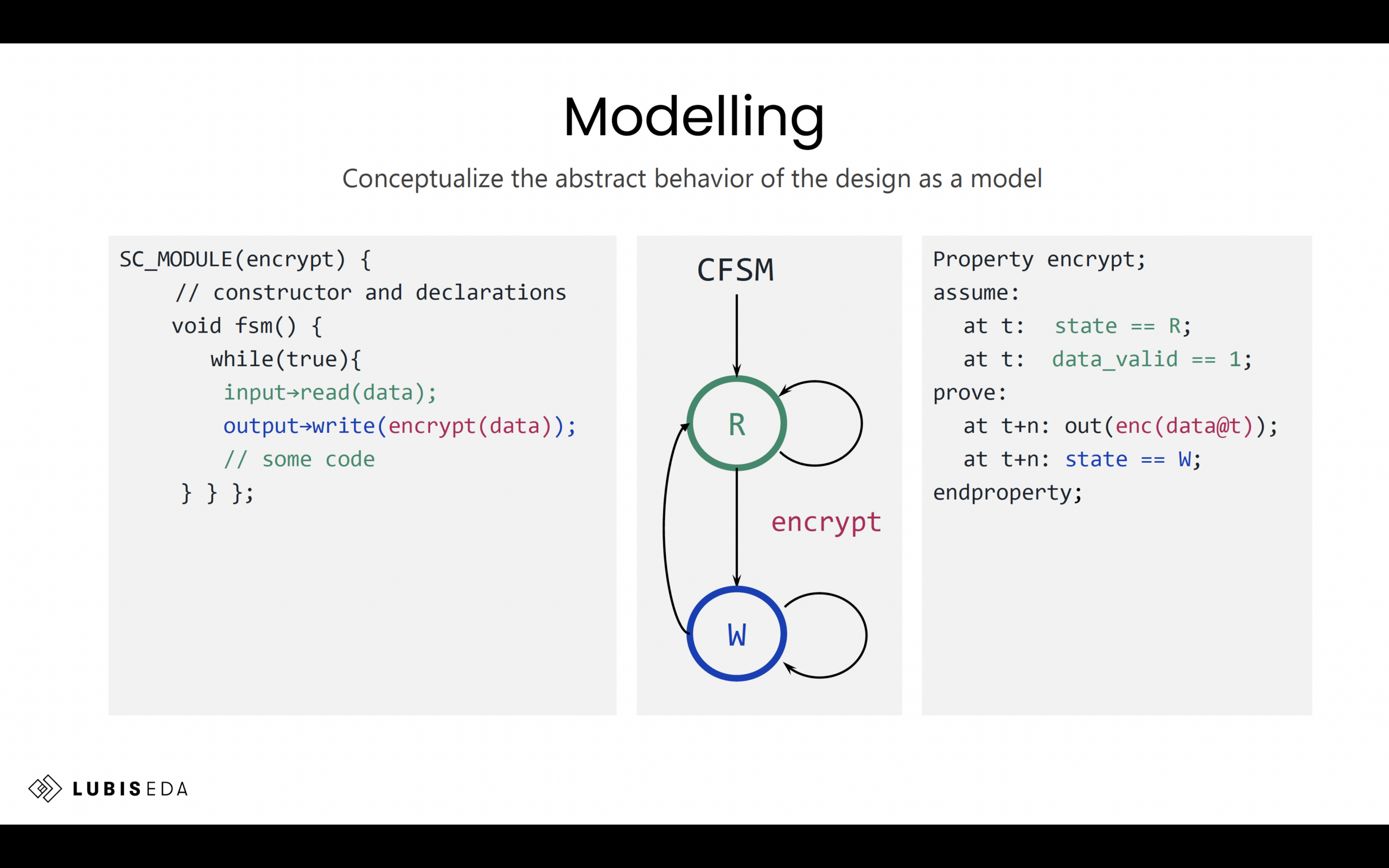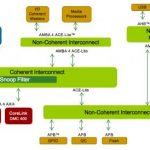The farther we come, the farther we have to go. While progress in advancing personal transportation was made in 2015, the year closes with glaring elements of unfinished business threatening to impede further progress toward mitigating highway fatalities and reducing emissions and congestion. These areas of unfinished business… Read More
 Why TSMC is Known as the Trusted FoundryTaiwan Semiconductor Manufacturing Company (TSMC) is widely regarded…Read More
Why TSMC is Known as the Trusted FoundryTaiwan Semiconductor Manufacturing Company (TSMC) is widely regarded…Read More Journey Back to 1981: David Patterson Recounts the Birth of RISC and Its Legacy in RISC-VIn a warmly received keynote at the RISC-V…Read More
Journey Back to 1981: David Patterson Recounts the Birth of RISC and Its Legacy in RISC-VIn a warmly received keynote at the RISC-V…Read More Assertion-First Hardware Design and Formal Verification ServicesGenerative AI has transformed software development, enabling entire…Read More
Assertion-First Hardware Design and Formal Verification ServicesGenerative AI has transformed software development, enabling entire…Read More TSMC's Customized Technical Documentation Platform Enhances Customer ExperienceTaiwan Semiconductor Manufacturing Company, the world's leading dedicated…Read More
TSMC's Customized Technical Documentation Platform Enhances Customer ExperienceTaiwan Semiconductor Manufacturing Company, the world's leading dedicated…Read MoreThe “Era of the Photon” is here!
The 50 year anniversary of the publication of Moore’s Law was recently celebrated, highlighting the tremendous advances in the Microelectronics Eraof the period in human history known as the Information Age. However, the technical and economic challenges currently faced by the microelectronics industry are bringing into… Read More
MediaTek X20 Benchmark Leaks: A Prelude to 2016 Mobile Chipset Wars?
MediaTek is making waves, again. The company’s flagship mobile system-on-chip (SoC)—Helio X20—is up against rivals like Apple, Qualcomm and Samsung, according to leaked Geekbench scores, and is leading in some of the performance benchmarks.… Read More
How Not To Be Incoherent
The advantage of working with cache memory is the great boost in performance you can get from working with a local high-speed copy of chunks of data from main memory. The downside is that you are messing with a copy; if another processor happens to be working in a similar area, there is a danger you can get out of sync when reading and writing… Read More
mbed OS abstraction battles IoT hyperfragmentation
In the days of bit banging and single-threaded loops, programming a microcontroller meant grabbing a C compiler (or even before that, an assembler) and some libraries and writing bare metal code. High performance networking and multi-tasking was usually the purview of heavier real-time operating systems (RTOS) or, if an MMU… Read More
PUF the Magic (IoT) Dragon
Most people are familiar with Biometrics, the measurement of unique physical characteristics, such as fingerprints, and facial features, for the purpose of verifying human identity with a high level of certainty. The iris and even a person’s electrocardiogram (ECG) can be used as a secure biometric identifier.… Read More
2016 – Intelligent Things of the Internet
Change is happening fast with the Internet of Things (IoT). Devices are getting smarter. We all know that and have seen the evolution over the last several years – from smart thermostats to toasters. But smartness is a relative term and as we enter 2016 we will see more devices/machines that are becoming intelligent. And when… Read More
The Silicon Valley Apocalypse!
Based on the Behavioral Sink Experiments in the 1950s it is hard for me to believe that Silicon Valley will continue with the unicorn fueled hyper expansion we are currently experiencing without some very serious repercussions, both social and financial. First let’s talk about the social issues which to me are the most interesting.… Read More
Lighting Up The Cloud
In our rush to imagine a world populated with IoT devices, tech advances at the top end of this ecosystem (the cloud) don’t seem to get much airtime. But this isn’t because they are limited to modest refinements. As one example, there is active technology development in connectivity around fiber-based communications within the… Read More
Tuning Analog IP for High Yield at SMIC
Analog IP is more difficult to design and optimize for a given process node compared to digital IP, so any automation for analog designers is always welcome. The engineers at SMIC in China have customers that design analog IP and often they need to know how to optimize it for a specific process, so I watched a presentation by Josh Yang,… Read More





Quantum Computing Technologies and Challenges